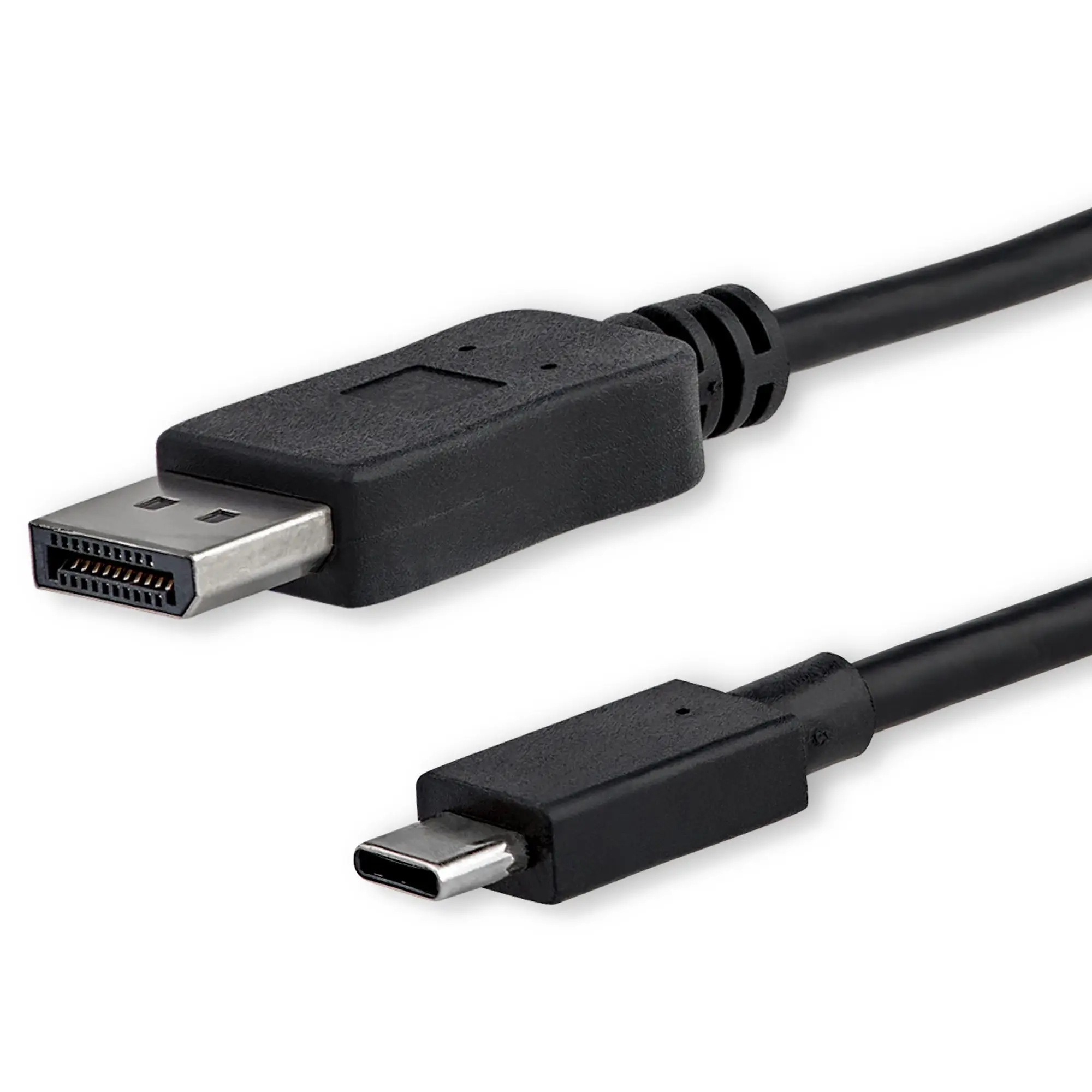How does a USB-C to PS/2 to DisplayPort adapter work?


USB-C to PS/2 to DisplayPort adapter is a versatile device that allows you to connect a USB-C enabled device to a PS/2 keyboard or mouse, and then convert the PS/2 signal to DisplayPort for video output. This adapter is particularly useful when you have an older PS/2 keyboard or mouse that you want to use with a modern USB-C device, while also being able to connect to a DisplayPort monitor or projector.
Understanding the USB-C Adapter
The USB-C adapter is a small device that has a USB-C male connector on one end and a PS/2 female connector on the other end. It is designed to convert the USB-C signal to a PS/2 signal, allowing you to connect a PS/2 keyboard or mouse to your USB-C device. The adapter is usually plug-and-play, meaning you can simply connect it to your USB-C device and it will be recognized without the need for any additional drivers or software.
Using the PS/2 Adapter
The PS/2 adapter is a small device that has a PS/2 male connector on one end and a USB-A female connector on the other end. It is designed to convert the PS/2 signal to a USB signal, allowing you to connect a PS/2 keyboard or mouse to a USB-A port on your computer. This adapter is useful when you have a PS/2 keyboard or mouse that you want to use with a computer that only has USB ports.
Connecting the USB-C to PS/2 Adapter
To connect a USB-C device to a PS/2 keyboard or mouse using the USB-C to PS/2 adapter, follow these steps:
1. Plug the USB-C male connector of the adapter into the USB-C port on your device.
2. Connect your PS/2 keyboard or mouse to the PS/2 female connector of the adapter.
3. Once connected, your USB-C device should recognize the PS/2 keyboard or mouse, and you should be able to use it as if it were directly connected to your device.
Understanding the DisplayPort Adapter
The DisplayPort adapter is a small device that has a DisplayPort male connector on one end and a USB-C female connector on the other end. It is designed to convert the DisplayPort signal to a USB-C signal, allowing you to connect a DisplayPort monitor or projector to a USB-C device. This adapter is useful when you have a USB-C device that does not have a built-in DisplayPort output.
Connecting the USB-C to DisplayPort Adapter
To connect a USB-C device to a DisplayPort monitor or projector using the USB-C to DisplayPort adapter, follow these steps:
1. Plug the USB-C male connector of the adapter into the USB-C port on your device.
2. Connect your DisplayPort monitor or projector to the DisplayPort female connector of the adapter.
3. Once connected, your USB-C device should recognize the DisplayPort monitor or projector, and you should be able to use it as an extended display or mirror your device’s screen.
Using the USB-C to PS/2 to DisplayPort Adapter
To use the USB-C to PS/2 to DisplayPort adapter, follow these steps:
1. Connect the USB-C male connector of the USB-C to PS/2 adapter to the USB-C port on your device.
2. Connect your PS/2 keyboard or mouse to the PS/2 female connector of the USB-C to PS/2 adapter.
3. Connect the USB-C female connector of the USB-C to PS/2 adapter to the USB-C male connector of the USB-C to DisplayPort adapter.
4. Connect your DisplayPort monitor or projector to the DisplayPort female connector of the USB-C to DisplayPort adapter.
5. Once all the connections are made, your USB-C device should recognize both the PS/2 keyboard or mouse and the DisplayPort monitor or projector.
6. You can now use your PS/2 keyboard or mouse to control your USB-C device, and the display will be outputted to the connected DisplayPort monitor or projector.
Conclusion
In conclusion, a USB-C to PS/2 to DisplayPort adapter is a versatile device that allows you to connect a USB-C enabled device to a PS/2 keyboard or mouse, and then convert the PS/2 signal to DisplayPort for video output. This adapter is useful when you have an older PS/2 keyboard or mouse that you want to use with a modern USB-C device, while also being able to connect to a DisplayPort monitor or projector. By understanding the functionality and connections of the USB-C adapter, PS/2 adapter, and DisplayPort adapter, you can easily set up and use the USB-C to PS/2 to DisplayPort adapter for your specific needs.
Recent Posts
How do I create an engaging and informative online quiz or assessment?
Creating an engaging and informative online quiz or assessment can be a powerful tool for… Read More
What are the most effective methods for managing and reducing work-related stress in the hospitality industry?
Work-related stress is a common issue in the hospitality industry, where employees often face long… Read More
How can I improve my assertiveness and communication skills in a leadership position?
In a leadership position, assertiveness and effective communication skills are crucial for success. Being able… Read More
What are the key elements of a successful employee recognition and rewards program?
Employee recognition and rewards programs play a crucial role in motivating and engaging employees, as… Read More
How do I effectively manage and respond to customer feedback and reviews?
Customer feedback and online reviews play a crucial role in shaping a company's reputation and… Read More
What are the best strategies for effective time management as a stay-at-home parent?
Effective time management is crucial for stay-at-home parents who juggle multiple responsibilities on a daily… Read More